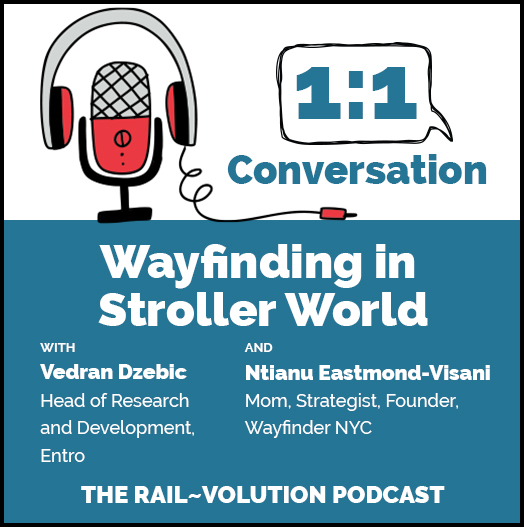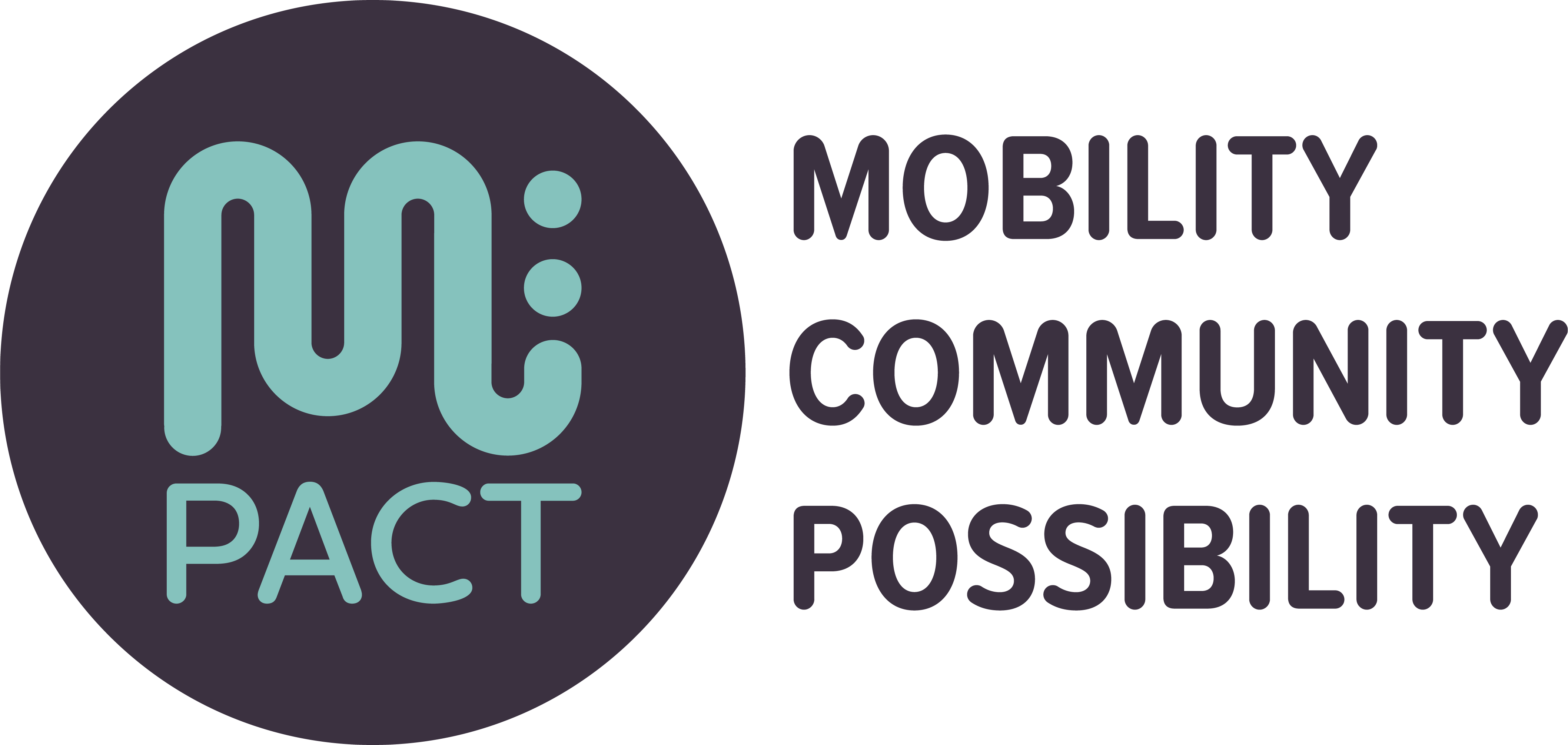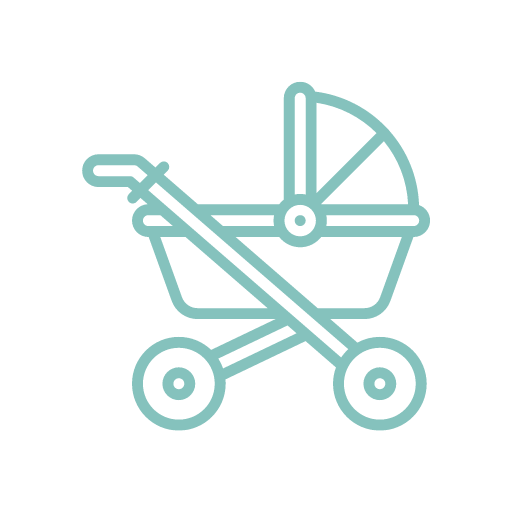Episode 34: Wayfinding in a Stroller Land – A 1:1 Conversation
Vedran Dzebic is head of R&D for Entro, a signage and wayfinding company with expertise in transportation. Ntianu Eastmond-Visani is a mom, with a background in retail and a passion for making the New York subway system easier to navigate for caregivers with kids and strollers.
Topics:
Tags:

On the podcast, Dzebic asks Eastmond-Visani how she came to develop an app to assist caregivers on the NYC subway. Recalling a trip to Asia with her family, Eastmond-Visani describes the intuitive, frequent wayfinding and iconography that guided their journey, as well as frequent elevators. She contrasts this with the experience of navigating the New York City subway system, not only stations without elevators but also the question of the depth and width of stairs. Can you carry a stroller there? How busy is it? For instance, “Spring Street is one flight and the staircase is wide and not crowded. So you can carry a stroller there.” She describes the (still underway) process of developing the app, WayfinderNYC, including becoming involved in Mother Coders, her belief in user-centric design and the way she’s incorporating information from the MTA (Metropolitan Transportation Authority) and individual caregivers.
Dzebic provides insights into wayfinding strategy, such as the concept of progressive disclosure, which is providing information when needed, at key decision points. He defines wayfinding as bridging between users and specific spaces, a process that begins at home. Eastmond-Visani defines wayfinding, from a retail perspective, as bridging between digital and physical spaces.
There are several lively issues at play in this podcast. How can apps integrate with static signage to assist users navigating spaces? How can wayfinding better serve a wide variety of users? Why are so many transportation solutions – from ride hailing to bike share to scooters – fixated on able-bodied individuals, rather than the variety of users really out there, from parents with kids to people carrying packages and more? What are ways that public transit does – and does not – meet these needs?


